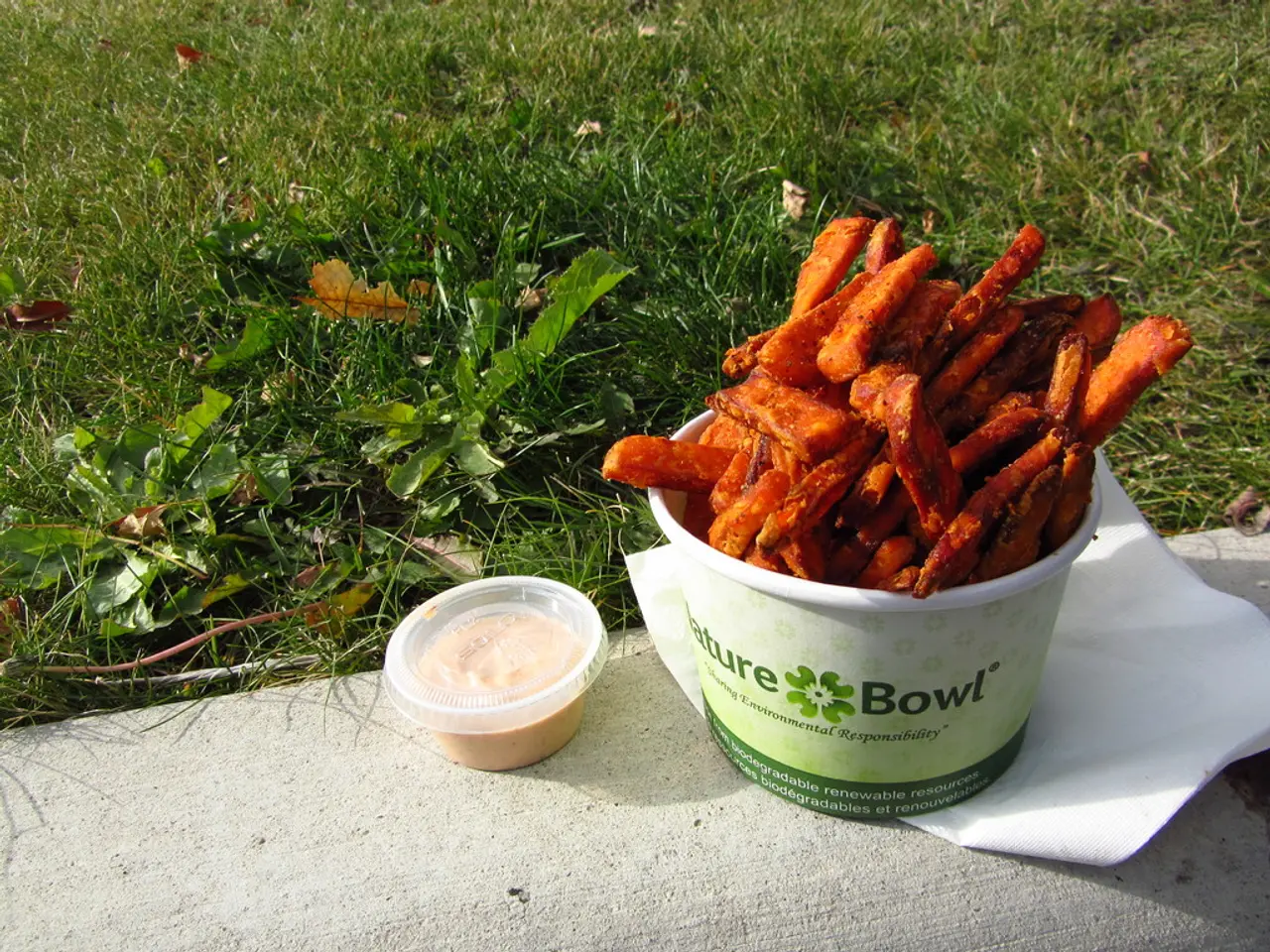Guide on Choosing a Functional Rangehood
Rangehoods, an essential kitchen appliance, come in various styles, each with its unique advantages and drawbacks. This article provides an overview of the pros and cons of canopy, undermount, fixed, retractable, and downdraft rangehoods.
Canopy Rangehoods
Canopy hoods are discreet and suitable for limited space. They can be flush-mounted to the wall or just below the kitchen cabinets. Some models have extendable sections to increase the extraction area. However, they may not be as effective at extracting steam compared to other types, such as chimney hoods, and may not be as stylish or prominent as larger hoods.
Undermount Rangehoods
Undermount hoods are space-saving and fit under cabinets, making them ideal for kitchens with limited vertical space. They are often more affordable than large canopy or chimney hoods. However, they tend to be smaller and less powerful, which can limit their effectiveness in removing steam and odors, especially in heavy cooking environments.
Fixed Rangehoods
Fixed rangehoods provide a consistent and reliable ventilation performance. They can be made to fit various kitchen designs and styles. However, they do not offer the flexibility of retractable models and are always visible, which may not appeal to those seeking a minimalist look.
Retractable Rangehoods
Retractable hoods offer a sleek, minimalist design that can blend into the background when not in use. They are suitable for kitchens where a rangehood would otherwise be visually intrusive. However, they generally have a smaller steam collection area and may require more maintenance to ensure proper function over time.
Downdraft Rangehoods
Downdraft rangehoods provide a minimalist aesthetic by fitting vertically behind the stove. They can be useful in kitchens where a traditional overhead hood is not feasible. However, they often have lower extraction efficiency since they pull air downward rather than capturing it directly above the cooking surface, and installation can be more complex due to the need for specific ductwork setup.
Key Considerations
When choosing a rangehood, consider the following factors:
- Ventilation Performance: For heavy cooking environments, fixed canopy or chimney hoods generally offer better ventilation.
- Space and Design: Undermount and retractable models are ideal for kitchens with limited space or those seeking a minimalist look.
- Installation: Downdraft models require specific installation considerations and may not be suitable for all kitchen layouts.
Ultimately, the choice of rangehood depends on your kitchen’s layout, cooking habits, and personal style preferences.
In addition, other factors to consider include the noise level, compatibility with different cooktop types, and the cost of filters and maintenance.
For more expert reviews and independent product testing, consider CHOICE, an independent consumer advocacy group funded by members who value such services.
Home-and-garden appliances such as rangehoods come in various styles, each catering to different lifestyle choices:
- Canopy hoods, with their discreet design and flexibility, align well with minimalist lifestyles, while undermount hoods, suitable for kitchens with limited space, might fit a compact or budget-conscious lifestyle.
When making a choice, one should also consider factors like ventilation performance, installation ease, noise level, compatibility with different cooktop types, and the cost of filters and maintenance, as these can impact not only the functionality but also the overall home environment.




